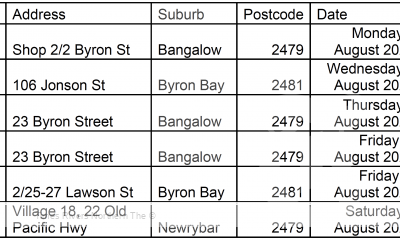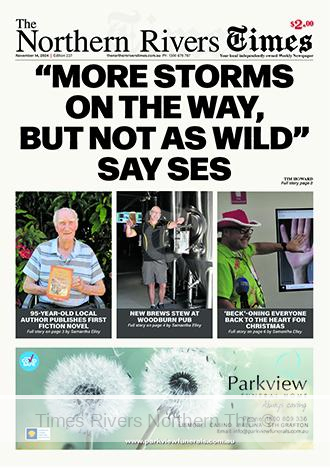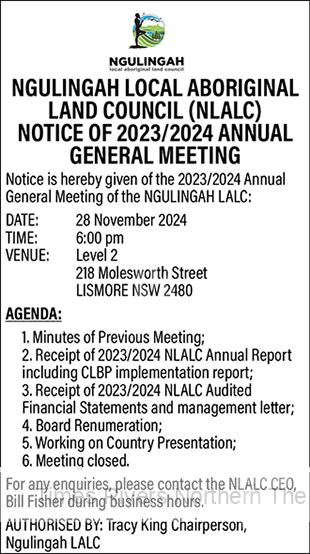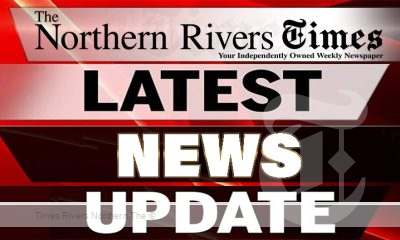Experts Shine a Spotlight on ‘Dyslexia for Maths’
By Ian Roberts
Dyscalculia: The Overlooked Learning Disability
While many Australians are familiar with dyslexia, fewer have heard of dyscalculia, a learning disability that impacts an individual’s ability to process numbers and mathematical concepts. This condition, which affects up to one in seven Australians, disrupts areas of the brain associated with numerical understanding, often going undiagnosed or misunderstood.
Dyscalculia can significantly affect an individual’s ability to perform basic arithmetic, comprehend number sequences, and understand mathematical symbols. Like dyslexia, its severity varies widely, from mild challenges to profound difficulties.
A Personal Perspective
Tasmanian artist Alfie Barker is one of many living with dyscalculia. He explains how it affects his everyday life: “People find it odd that I can’t even visualise two centimetres. It impacts my social interactions in ways most wouldn’t imagine.”
Similarly, Chris Long, from Queensland, shared his struggles: “I’ll be looking at the number four, but my brain registers it as a six. I also have trouble interpreting tables or graphs—it’s hard to connect values to numbers.”
The Science and Stigma of Dyscalculia
Despite its prevalence, dyscalculia remains under-researched and often misunderstood. Jodi Clements, President of the Australian Dyslexia Association (ADA), highlighted the broader consequences of undiagnosed learning disabilities, which can persist from childhood into adulthood. “Unidentified dyscalculia eroded my confidence in school,” she said. “Even today, there are no clear guidelines for screening, and public awareness remains limited.”
Neuroscientist Brian Butterworth, who has spent two decades studying dyscalculia, emphasized that it is distinct from simply being “bad at maths.” He explained: “Even the simplest numerical tasks can be challenging for someone with dyscalculia. For instance, if you show them four dots on a screen, they may need to stop and count them instead of instantly recognising the quantity.”
Understanding Dyscalculia
What is Dyscalculia?
Dyscalculia is a lifelong condition that often begins in childhood, although it may go unnoticed for years. Many individuals develop coping mechanisms or avoid situations involving numbers, delaying diagnosis well into adulthood—or even old age.
People with dyscalculia may struggle with:
- Understanding numbers and their relationships.
- Performing basic arithmetic (addition, subtraction, multiplication, division).
- Estimating quantities or grasping concepts of time and money.
- Following multi-step problem-solving sequences.
- Retaining mathematical facts, such as multiplication tables.
Causes of Dyscalculia
While research is ongoing, potential causes include:
- Genetics: The condition often runs in families.
- Brain Development: Atypical neurological development may play a role.
- Environmental Factors: Prenatal exposure to toxins or malnutrition may increase risk.
- Neurological Injury: Children who experience brain trauma are more susceptible.
Although dyscalculia is increasingly diagnosed in school-aged children, adults often remain undiagnosed.
Overcoming Dyscalculia
Author and academic Paul Moorcraft didn’t confront his dyscalculia until his 50s. In his memoir, It Just Doesn’t Add Up, he coined the phrase: “Just because you can’t count doesn’t mean you don’t count.” Reflecting on his school years, he shared:
“Maths teachers would throw chalk dusters at me. I was in detention daily, struggling to keep up. Mental arithmetic felt like facing a firing squad. As an adult, I’d discreetly count on my fingers under the table. But I found success—I’ve written 50 books.”
Raising Awareness
As experts like Brian Butterworth and Jodi Clements call for better screening tools and public education, it’s clear that dyscalculia deserves greater attention. With increased awareness and support, individuals with dyscalculia can navigate their challenges and unlock their full potential.
For more local news, click here.





 Tweed Shire News2 years ago
Tweed Shire News2 years ago
 Motoring News2 years ago
Motoring News2 years ago
 COVID-19 Northern Rivers News3 years ago
COVID-19 Northern Rivers News3 years ago
 COVID-19 Northern Rivers News3 years ago
COVID-19 Northern Rivers News3 years ago
 Northern Rivers Local News3 years ago
Northern Rivers Local News3 years ago
 Health News3 years ago
Health News3 years ago
 COVID-19 Northern Rivers News3 years ago
COVID-19 Northern Rivers News3 years ago
 NSW Breaking News3 years ago
NSW Breaking News3 years ago


























